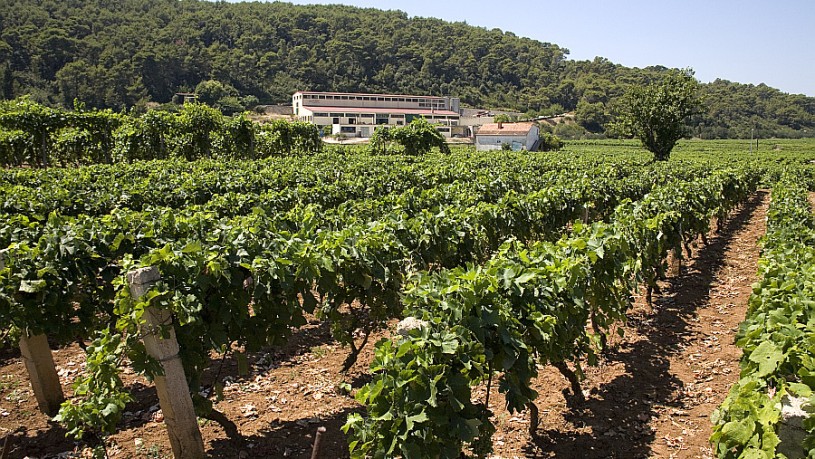Croatia is a full of variety country. Nearly 1,230 islands on the clear and blue Adriatic. Sea, hills, mountains, rivers and when you think that it is all, you are wrong.
And then, there is the wine.
Croatia has a diverse and uniquely beautiful wine growing areas. It is different from the vineyards of Dalmatia and Istria to the continental Slavonia. All of them are beautiful and attract attention and love. The vineyards of Dalmatia are on the dry but fertile land and these in Slavonia are on the hills.
Indigenous grapes, local producers and most of it distinct and delicious. This land…this Croatian taste, you must feel it.
Wine in Croatia has a long history.
Croatia now produces up to 720 wines, some of excellent quality. Croatian have the habit of diluting their wine. In the south, they call it bevanda and in the north, they call it gemist. When you come in restaurant in Zadar, Split or somewhere of Dalmatian`s town, you will hear that people order “bevanda”. In Slavonia, Zagreb and in the vicinity, they drink gemist.
There are some 300 official wine regions divided into coastal and interior wines. The majority (68%) of wine is white and produced in the interior while 31% is red and produced along the coast. Rose is relatively rare.
Although there are hundreds of grape varieties in Croatia. Experts agree that the red Plavac Mali grape produces the best red wine. Croatia’s sparkling Prosecco wine comes from Bogdanusa, a white grape. Malvazija from Istria and Posip from Korcula produce Croatia’s most renowned white wines.
In northern Croatia, look for Zlahtina from Vrbnik on Krk Island; Cabernet from Porec; Sauvignon, Merlot and Terrano from Buzet.
In Dalmatia look for Dingac and Postup from the Peljesac Peninsula, Babic from Primosten, Vugava from Vis, Plavac from Bol, Malmsy from Dubrovnik, Posip and Grg from Korcula.
Sweet, white wines won most of the medals.
Fine food always comes with good wine.
Croatia, good wine, it is an experience.

